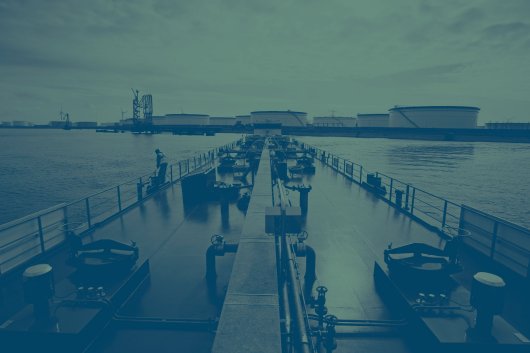Marine fuel catalysts tackle GHG issue
EPA-registered marine fuel catalysts are designed to reduce greenhouse gas emissions.
U.S. firm Mariner's Choice International Inc. has revealed that its range of Environmental Protection Agency (EPA) registered marine fuel catalysts are designed to tackle issue of Greenhouse Gas (GHG) emissions.
In June of this year, a meeting was held in Oslo to progress towards developing a mandatory regime for further consideration by the International Maritime Organization (IMO) and its Marine Environmental Protection Committee (MEPC) to control GHG emissions from international shipping. MEPC is scheduled to meet in October, 2008.
A North Sea SOx Emission Control Area (SECA) was already put in effect on November 22, 2007, joining the Baltic Sea, which came under SECA regulations in May, 2006. In a SECA, the sulfur content of fuel oil used on board ships must not exceed 1.5 percent.
In addition to reducing emissions, the company says the use of MC-Marine fuel catalysts can reduce operating costs per hour by 20-30 percent, and realize increased profitability for cruise lines, shipping companies, work and crew boats. According to Mariner's Choice, the products are currently being used and tested in various markets.
Included in the range is the MC-Marine Pura Line Bunker marine fuel enhancer. This multi-functional bunker fuel catalyst and enhancer aims to provide a total formulation of efficiencies for ships’ fuel-oil fire systems, incinerators, generators, compactors, and other on-vessel heating applications.
The product is designed to eliminate the problems inherent in the oil itself by improving combustion and preventing stratification, the formulation of sludge and the emulsification of water in the fuel. Cost savings are realized through increased thermal efficiency and reduced fuel costs.
Another product in the range, the MC-Marine Diesel Purity diesel fuel enhancer is a fuel additive which aims to maximize the performance of marine diesel fuel. Specifically formulated to overcome deficiencies associated with low sulfur diesel fuels, the product is said to reduce black smoke and emissions by between 50 and 90 percent with continual usage.
The diesel fuel enhancer is designed to improve lubricity and eliminate carbon, water moisture, gum and varnishes, clogged injectors, sludge and algae. The company says it also leads to combustion rate improvements of between 8 and 14 percent.
The MC-Marine Diesel Purity is one of three MC-Marine fuel products registered with the EPA, under 40 CFR 79.23. According to Mariner's Choice, there are no other marine fuel catalysts registered with the EPA to date.
In June of this year, a meeting was held in Oslo to progress towards developing a mandatory regime for further consideration by the International Maritime Organization (IMO) and its Marine Environmental Protection Committee (MEPC) to control GHG emissions from international shipping. MEPC is scheduled to meet in October, 2008.
A North Sea SOx Emission Control Area (SECA) was already put in effect on November 22, 2007, joining the Baltic Sea, which came under SECA regulations in May, 2006. In a SECA, the sulfur content of fuel oil used on board ships must not exceed 1.5 percent.
In addition to reducing emissions, the company says the use of MC-Marine fuel catalysts can reduce operating costs per hour by 20-30 percent, and realize increased profitability for cruise lines, shipping companies, work and crew boats. According to Mariner's Choice, the products are currently being used and tested in various markets.
Included in the range is the MC-Marine Pura Line Bunker marine fuel enhancer. This multi-functional bunker fuel catalyst and enhancer aims to provide a total formulation of efficiencies for ships’ fuel-oil fire systems, incinerators, generators, compactors, and other on-vessel heating applications.
The product is designed to eliminate the problems inherent in the oil itself by improving combustion and preventing stratification, the formulation of sludge and the emulsification of water in the fuel. Cost savings are realized through increased thermal efficiency and reduced fuel costs.
Another product in the range, the MC-Marine Diesel Purity diesel fuel enhancer is a fuel additive which aims to maximize the performance of marine diesel fuel. Specifically formulated to overcome deficiencies associated with low sulfur diesel fuels, the product is said to reduce black smoke and emissions by between 50 and 90 percent with continual usage.
The diesel fuel enhancer is designed to improve lubricity and eliminate carbon, water moisture, gum and varnishes, clogged injectors, sludge and algae. The company says it also leads to combustion rate improvements of between 8 and 14 percent.
The MC-Marine Diesel Purity is one of three MC-Marine fuel products registered with the EPA, under 40 CFR 79.23. According to Mariner's Choice, there are no other marine fuel catalysts registered with the EPA to date.
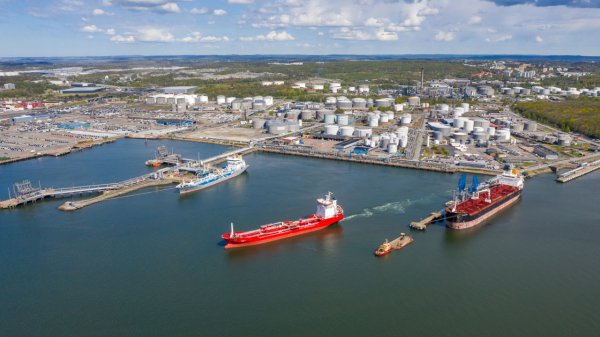
|
Swedish biomethane bunkered in Gothenburg
Test delivery performed by St1 and St1 Biokraft, who aim to become large-scale suppliers. |
|
|
|
||
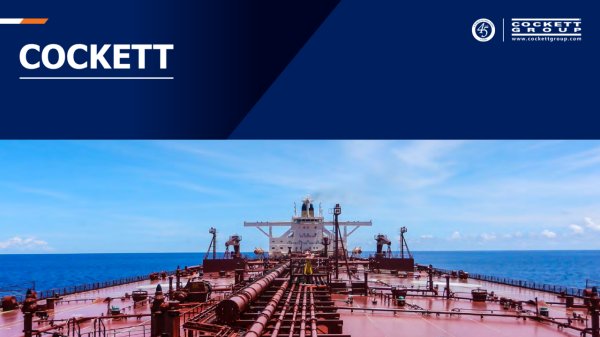
|
Cockett to be closed down after 45 years
End of an era as shareholders make decision based on 'non-core nature' of Cockett's business. |
|
|
|
||
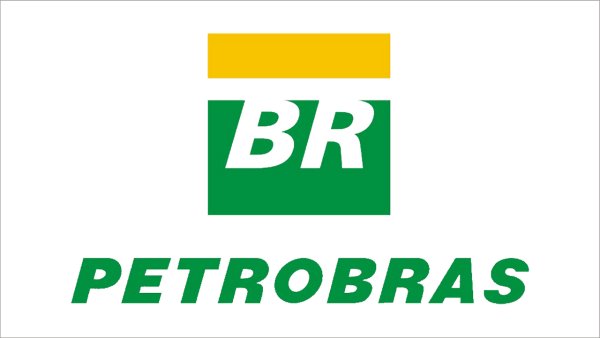
|
Petrobras confirms prompt availability of VLS B24 at Rio Grande
Lead time for barge deliveries currently five days. |
|
|
|
||
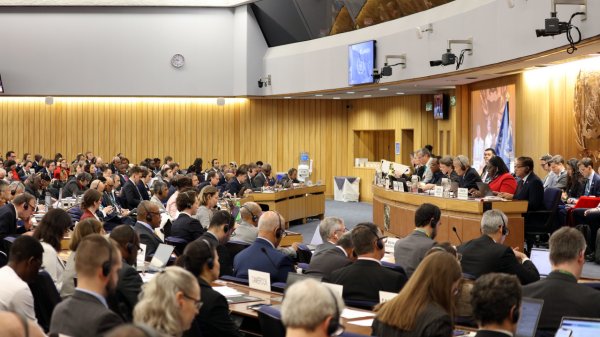
|
IMO approves pricing mechanism based on GHG intensity thresholds
Charges to be levied on ships that do not meet yearly GHG fuel intensity reduction targets. |
|
|
|
||
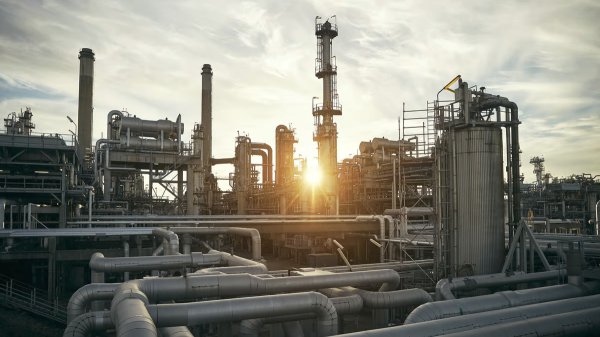
|
VARO Energy expands renewable portfolio with Preem acquisition
All-cash transaction expected to complete in the latter half of 2025. |
|
|
|
||
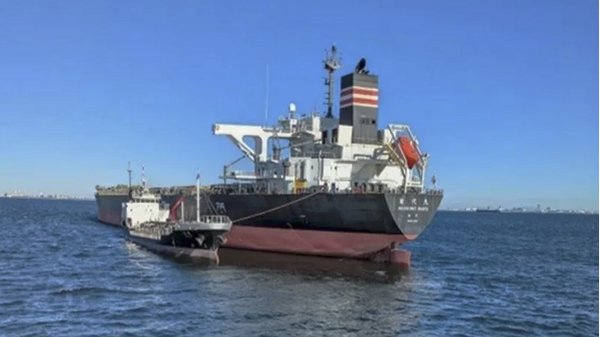
|
NYK trials biofuel in milestone coal carrier test
Vessel is used to test biofuel for domestic utility company. |
|
|
|
||
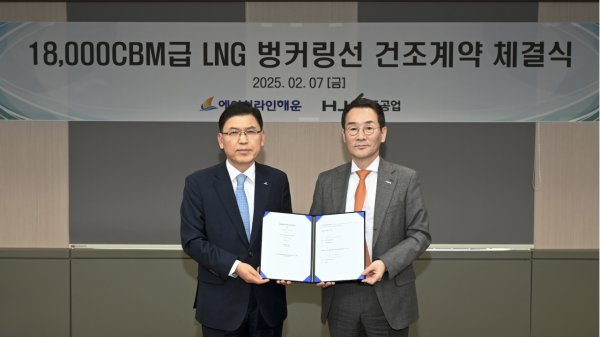
|
H-Line Shipping orders LNG bunkering vessel
Vessel with 18,000-cbm capacity to run on both LNG and MDO. |
|
|
|
||

|
How to engineer and manage green shipping fuels | Stanley George, VPS
Effective management strategies and insights for evolving fuel use. |
|
|
|
||
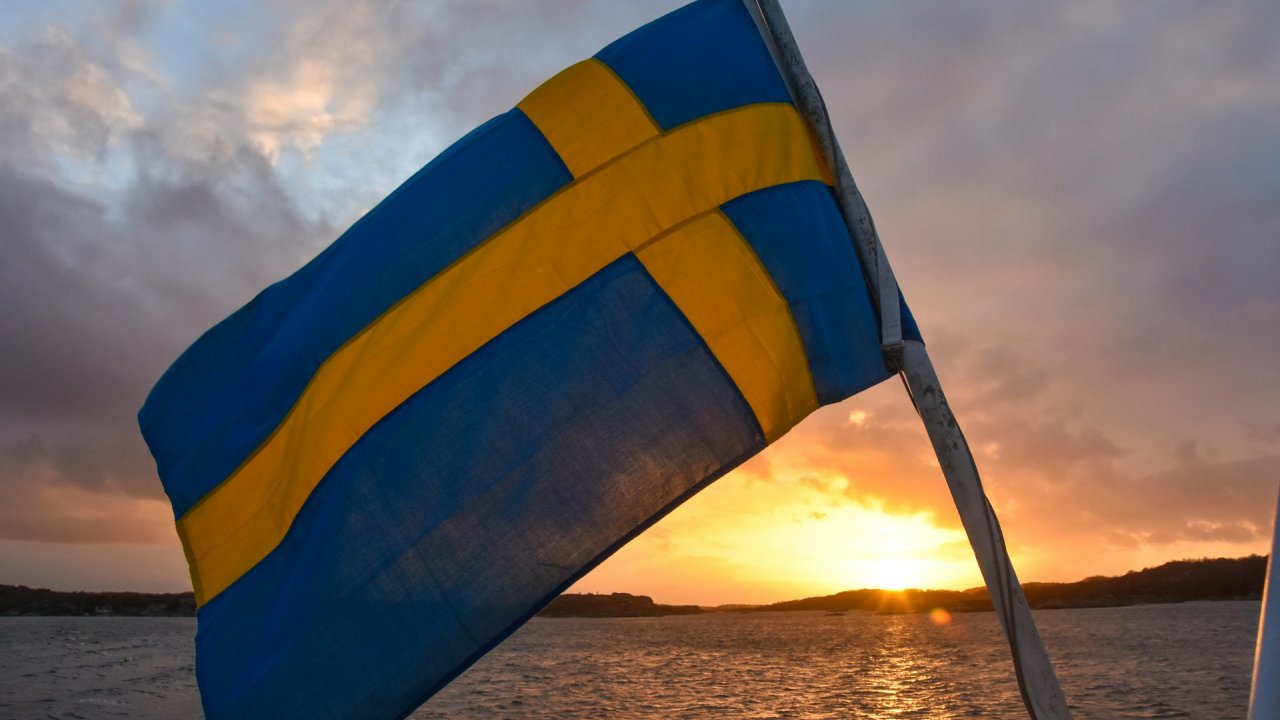
|
Swedish government bans scrubber wastewater discharges
Discharges from open-loop scrubbers to be prohibited in Swedish waters from July 2025. |
|
|
|
||
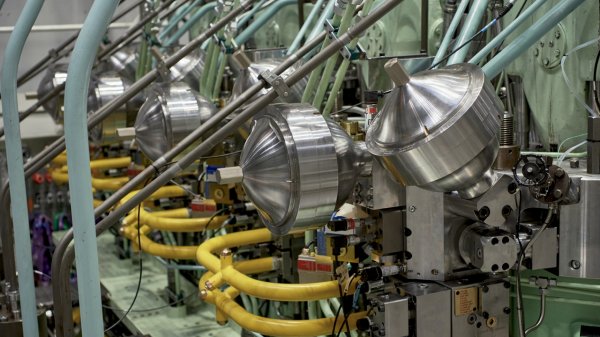
|
MAN Energy Solutions achieves 100% load milestone for ammonia engine
Latest tests validate fuel injection system throughout the entire load curve. |
|
|
|
||
Related Links
- · Oregon Attorney General threatens to sue EPA [Insights]
- · California threatens to sue EPA [Insights]
- · IMO reports progress on GHG issue [Insights]
- · SSA backs emissions-reducing measures [Insights]
- · United States [Directory]

